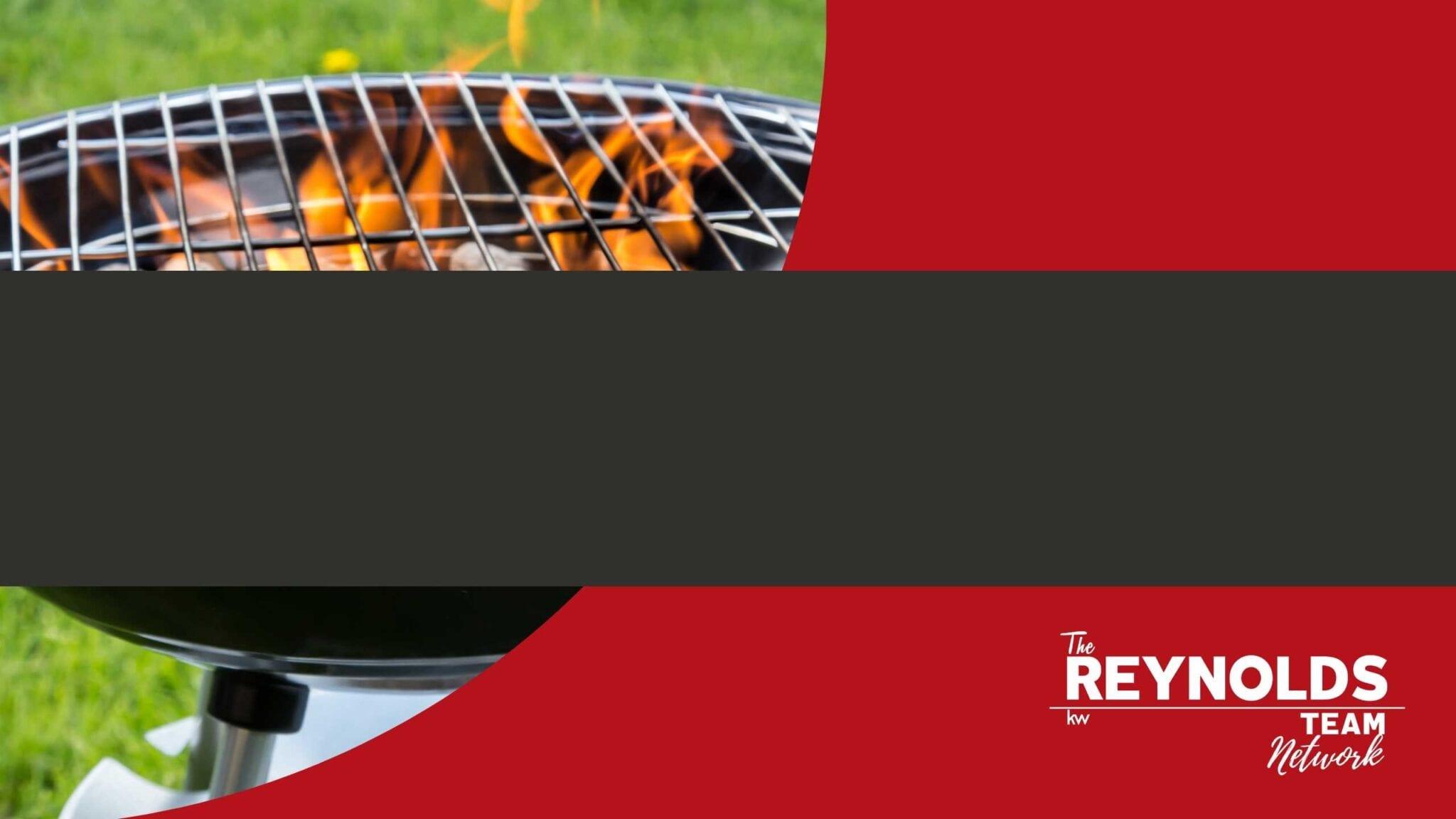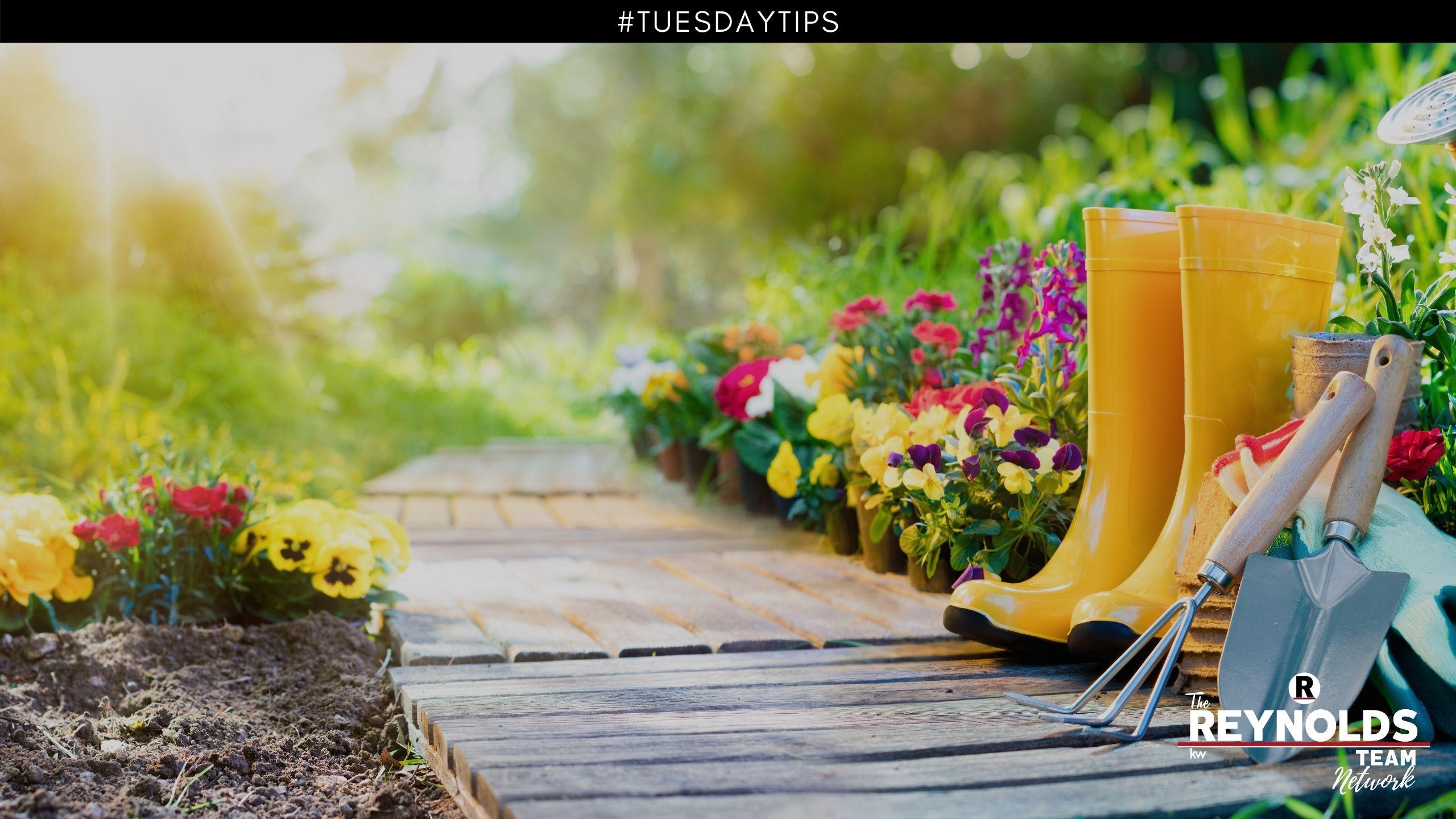You may remember the comprehensive guide we published last month, guiding you through the endless flooring options available on the market for your prospective home upgrade. Now, we’re back with this week’s Tuesday Tips to tell you how to maintain and care for each type!
Hardwood
We praised hardwood floors for their longevity and resilience, which is why they’re such an expensive and popular choice among many homeowners. Usually, hardwood floors just require regular sweeping/vacuuming and mopping to keep them free of pet hair, dirt, etc. We recommend using products specifically designed for hardwood floors (like Bona or Murphy’s Oil Soap), but you can easily make your own with one part vinegar to ten parts water. Every few years, it’s a good idea to have hardwood floors professionally refinished or to apply a finisher or polisher yourself to keep them looking great. It’s also worth noting that any spills should be cleaned immediately to keep wood rot or water damage from happening. If you use the tips we mentioned, your hardwood floors can last several generations!
Engineered Hardwood
Unfortunately, engineered hardwood tends to show off dust and dirt more than other types of flooring since it lacks grooves for debris to hide in, so start getting familiar with your broom! You can also use a lightweight vacuum, but make sure it doesn’t have a rotating bristle bar. We recommend using a slightly damp mop once a week with engineered hardwood floor cleaner and deep clean with similar products. For those inevitable scratches, use a concealer to seal the area, preventing further damage and moisture from seeping into the wood.
Bamboo
Don’t get bamboozled; bamboo floors aren’t hard to care for. Use a soft-bristle broom for daily dust, and mop weekly with a hardwood-rated cleaned or a wood soap to maintain shine and protect the surface. As always, but be sure not to oversaturate the floors with too much moisture and avoid ammonia, vinegar, and other acidic-based cleaning agents which discolor bamboo floors and harm the finish. If there are excessive stains or discolorations you’d like to get rid of, try a dollop of real mayonnaise and let it sit for 15 minutes before wiping off with a soft, clean rag. For scuff marks from heels, simply apply some wood floor cleaner to a rag and gently rub.
Laminate
Laminate is another flooring option that simply needs regular sweeping/vacuuming and mopping; however, it’s best to use products specifically designed for laminate floors. If necessary, you can make your own with a teaspoon of unscented clear dish soap in a gallon of hot water, but be careful not to soak the floors. As with hardwood, make sure to clean up any spills or moisture to prevent rot and water damage. We recommend routine cleaning with a microfiber pad that uses minimal water but still attracts debris.
Vinyl
Moisture is the number one enemy of vinyl floors! Never let spills sit long and wipe all moisture off entirely with a smooth, non-abrasive towel (like microfiber) to avoid damaging the lamination and the adhesive. Like with most floors, we recommend using products specifically designed for vinyl or a neutral cleaner that is safe for vinyl because of the damage you can do to the lamination and adhesive.
Linoleum
For everyday cleaning, linoleum floors only really need dusting or vacuuming, capped off with a quick touch of a damp mop. To remove heel marks and occasional skids, liberally apply a linoleum-friendly floor wax and polish it off with a very slightly damp cloth for the perfect sheen.
Cork
Sweep or vacuum cork floors daily because debris can scratch the floor. Make sure to use a brush attachment, not a beater bar attachment, because it can damage the finish. And remember, because cork is porous, it soaks up liquids quickly, so make sure to wipe up any spills immediately! Once a week, use a mild cleaning solution easily made at home from 5 drops of liquid dish detergent and one gallon of warm water, and use a soft mop to spread the cleaner, being sure not to soak the floors. Avoid ammonia-based products, abrasive cleaners, and don’t steam clean! Every 5-7 years (more often in high traffic areas), you’ll need to reseal your cork floors—you can use polyurethane to protect them from scratching. Every 2-3 years, you should remove older coats of wax with mineral spirits or an electric floor buffer fitted with 00-grade wood disks and reapply wax; just don’t use paste wax!




 By submitting information, I am providing my express written consent to be contacted by representatives of this website through a live agent, artificial or prerecorded voice, and automated SMS text at my residential or cellular number, dialed manually or by autodialer, by email, and mail.
By submitting information, I am providing my express written consent to be contacted by representatives of this website through a live agent, artificial or prerecorded voice, and automated SMS text at my residential or cellular number, dialed manually or by autodialer, by email, and mail.

